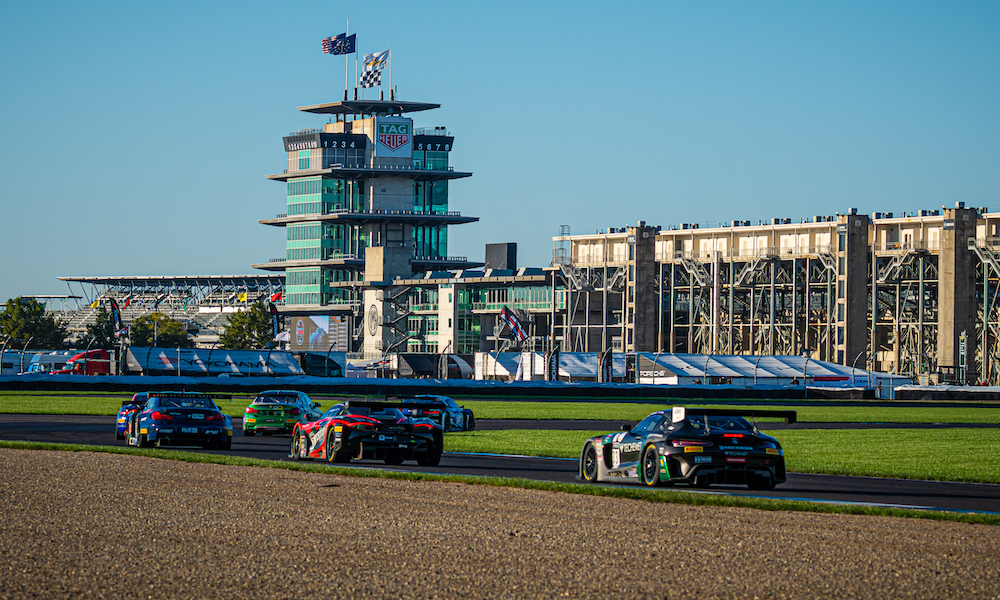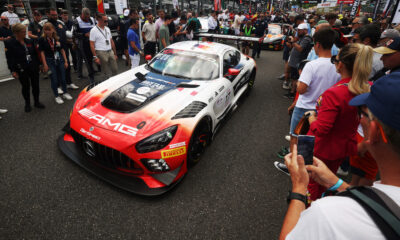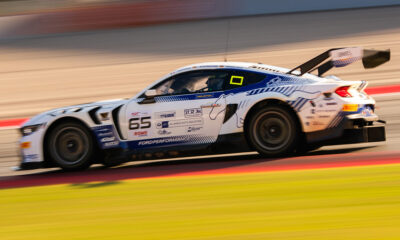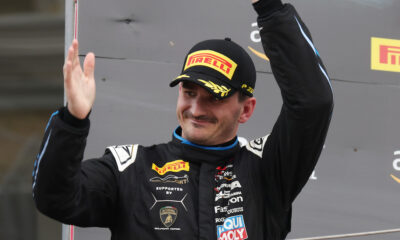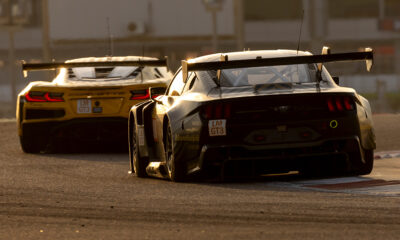The increased grid for the second running of the Indianapolis 8 Hour presented by AWS is “valuable” for the event’s future growth, according to SRO boss Stephane Ratel.
A total of 41 cars signed up for the North American leg of this year’s Intercontinental GT Challenge powered by Pirelli, building on the 23 that were registered for the inaugural Indy 8 Hour edition last October.
Ratel’s organization has been pushing to establish a major GT-only endurance race in North America as part of its global IGTC championship which also includes the TotalEnergies 24 Hours of Spa and the Liqui-Moly Bathurst 12 Hour.
SRO started out with the California 8 Hours at WeatherTech Raceway Laguna Seca but switched locations to Indianapolis to build an event at a track that is not visited by IMSA.
After a challenging 2020 race when the coronavirus pandemic limited the number of European participants, the Indy 8H has attracted more cars in its second year including a greater number of overseas teams such as AF Corse, Sainteloc Racing and AKKA-ASP.
“For us it’s not the second year in America, it’s the fifth year because we did three years in Laguna Seca,” Ratel told Sportscar365. “It’s our fifth edition of the ‘U.S 8 Hours’.
“It’s a great satisfaction because we had one goal to create the biggest GT race in America. The other was to create the first endurance race of some significance without prototypes, because all the big endurance races in America with IMSA are a mix of GTs and prototypes.
“I think here we have a really high level of competition with a good number of official supported cars from a good number of manufacturers. Sportingly, I think that’s going to be valuable.”
Ratel suggested that SRO’s highest priority for Indianapolis is to secure a consistently strong grid before it can start to establish the event alongside classic events such as the Rolex 24 at Daytona, the Mobil 1 Twelve Hours of Sebring and Motul Petit Le Mans.
He expressed admiration at this year’s enlarged field considering the logistical challenges faced by teams, particularly increased shipping transit times and costs.
“Of course the arena [at Indianapolis Motor Speedway] is so large here that I’m not going to say that I’m hoping to fill up the grandstands,” Ratel said.
“But even the grandstands at Daytona for the 24-hours are not filled.
“If you see the progression from one year to the next – and we’re still in a pandemic environment where it’s still difficult to convince teams – it was a year of great uncertainties.
“The moment you start projecting races outside of the original continent for teams, it’s very challenging. We’ve seen it here.
“After the pandemic comes the huge logistics problem: the cost of transporting cars absolutely exploded.
“With the price of a container, you’re getting close to what air freight cost three years ago. Plus the delays, it’s very complicated.
“So taking all of this in consideration, I think to have a gird of that size this year, with a respectable number of European teams, is nice. It’s quite a performance.”
An important task in ensuring a healthy Indianapolis 8 Hour grid will be to maintain the interest of entrants from the local market.
Ratel reckons that the move further east from Laguna Seca to Indianapolis has been pivotal in encouraging North American teams to participate in the IGTC event.
“That’s Mr. [Greg] Gill’s responsibility of operating the event in America,” he said, referring to SRO America President and CEO Greg Gill whose Fanatec GT World Challenge America powered by AWS series holds its season finale within the Indianapolis 8 Hour.
“I think the success of the event is essentially due to the interest of the U.S competitors.
“Laguna somehow didn’t work for them. It was very appealing from a European standpoint because Laguna Seca is a big name for us in Europe. Maybe it was less appealing for the US drivers.
“Indy was the right place. The moment we did it here, we felt the interest of the U.S teams.
“The whole package is good and everybody is happy to be here, including GT4 and touring cars.”
Beyond sustaining a competitive entry, the task of establishing the Indianapolis 8 Hour will include marketing the event to motor racing fans, both locally and further afield.
The main fan engagement activity this year was a Friday parade in downtown Speedway, Ind. that enabled race spectators and people from the local community to get up close to the event’s cars and drivers.
Nonetheless, Ratel views the entry list as the current priority for building a base on which the event could be developed in the coming years.
“I think the event has potential for growth,” he said.
“This grid can continue to grow, and then the aspect of promotion and making the paddock more lively with more incentives, that has to come next.
“But first we have to secure the grid. I think we are on the right way.”


